Diller Scofidio + Renfro’s riverside park on London’s Greenwich Peninsula opens
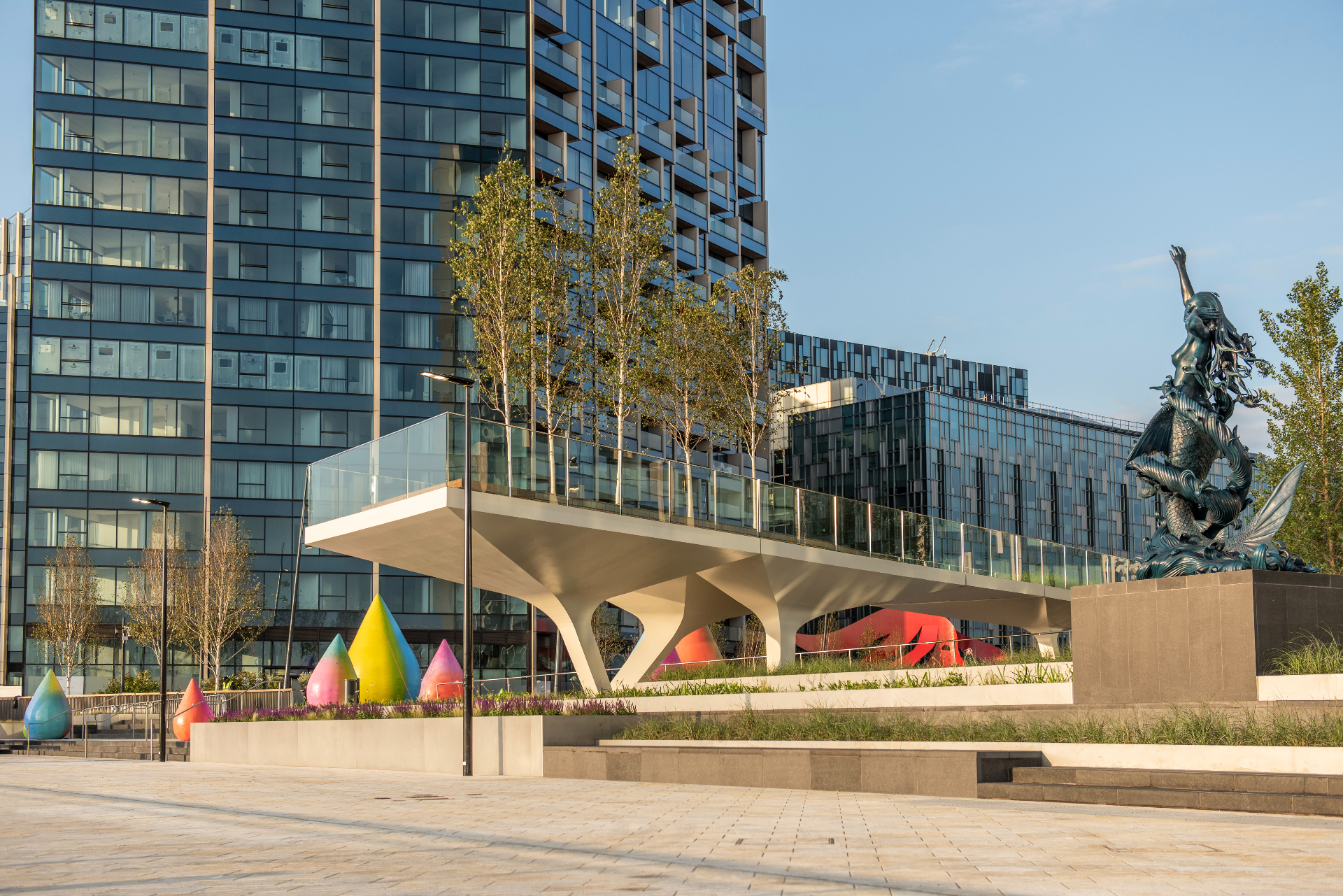
As entire swathes of London are undergoing complete transformations – King’s Cross, Battersea and Nine Elms, and London City Island come to mind – developers are becoming increasingly aware of the need to address placemaking, in their effort to weave new buildings, residents and neighbourhoods into real, live hubs of activity and thriving parts of the metropolis. Greenwich Peninsula is raising the game in the field by commissioning architectural innovation leaders Diller Scofidio + Renfro (DS+R) to design a coherent public park for the area; and the result's first phase, The Tide, is launching to the public this weekend.
Created by DS+R in collaboration with London based Neiheiser Argyros and landscape architects GROSS MAX, the project was conceived as a linear riverside park, connecting different parts of the Peninsula and helping with circulation flow, as well as providing outdoor space and greenery for users. The team behind The Tide call it a ‘cultural' park too, which makes sense, seeing as it is awash with art pieces by an impressive array of artists, including Damien Hirst, Allen Jones, Morag Myerscough, Heather & Ivan Morison, GERONIMO and Gaz Coombes.
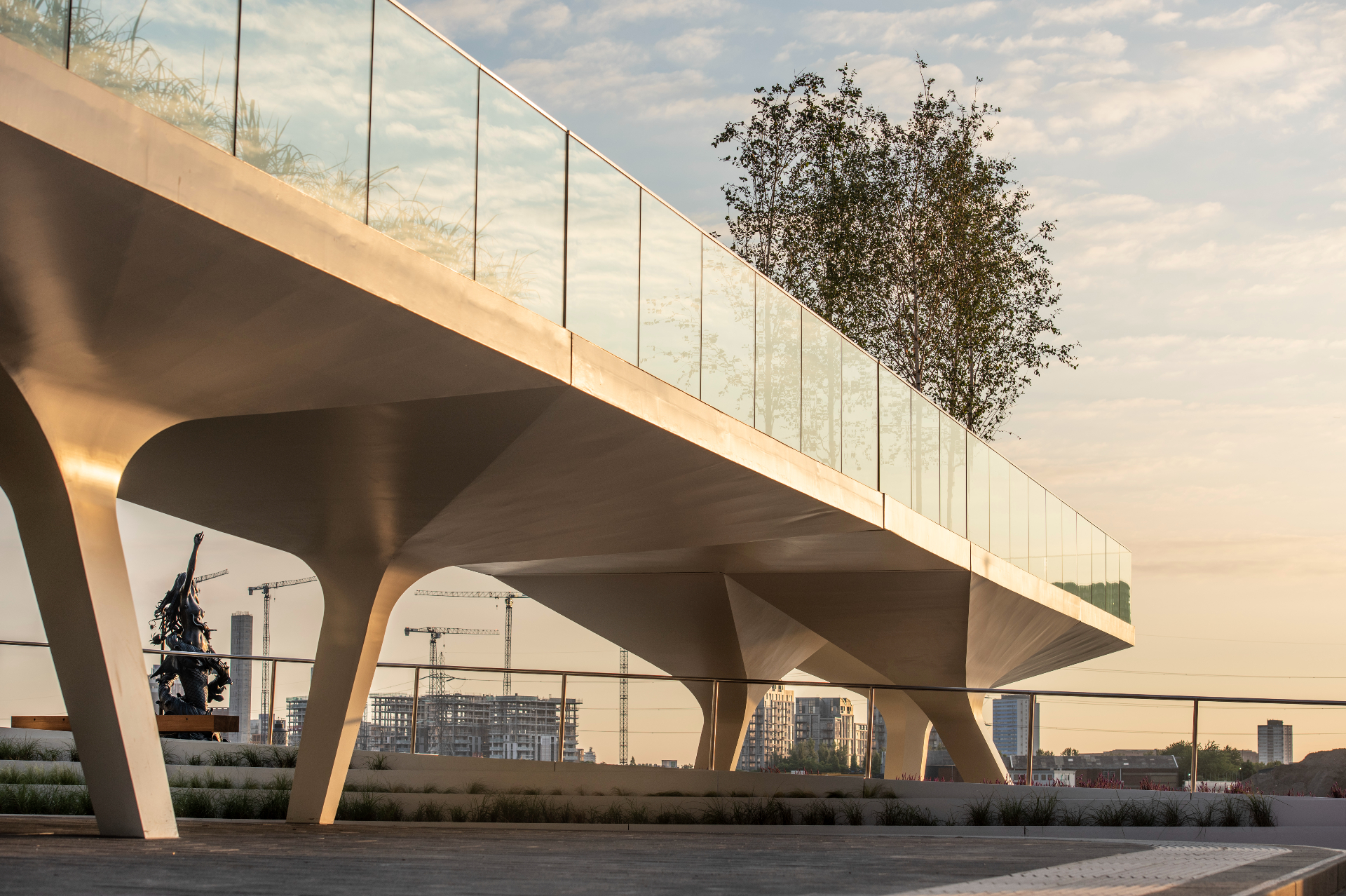
The free-to-view outdoor art collection will change and evolve over time – routes and artworks will be spread across the landscape of native trees and throughout the impressive elevated walkways. At nine metre high, the walkways add a powerful vertical dimension to this park.
‘The design of The Tide seeks to embed a new public realm into the daily rhythms of Greenwich Peninsula by layering together its currents of activity into a thickened landscape,’ says DS+R partner in charge of the project, Benjamin Gilmartin. ‘Visitors will experience the park from varying vantage points, from street level up to nine metre high elevated paths that weave through the site to plug into the existing network of leisure, art, and social life across neighbourhoods. Diverse programming along the way will act as islands that welcome the surges of commuters, visitors, cyclists and runners, while also providing intimate places of pause for contemplation, conversation, and people watching.’
This weekend marks the public launch of the exciting scheme's first phase – the very first one kilometre of the park’s planned landscaped route for art, running, walking and meditation – and the future will see another four kilometre route released in due course. Meanwhile, To launch The Tide, Greenwich Peninsula is hosting the Turning Tides Festival there, taking place from 5 – 7 and 12 – 14 July.
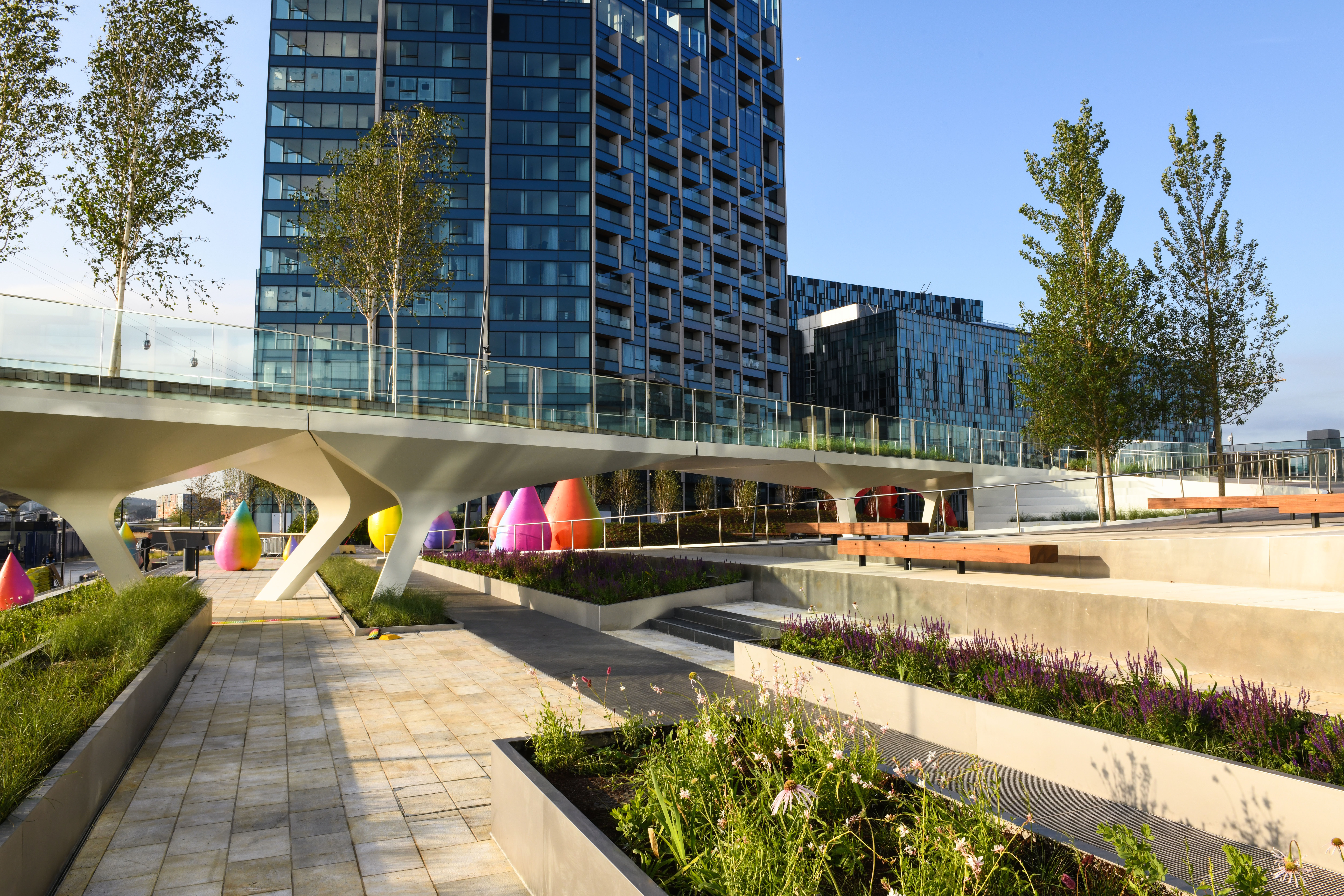
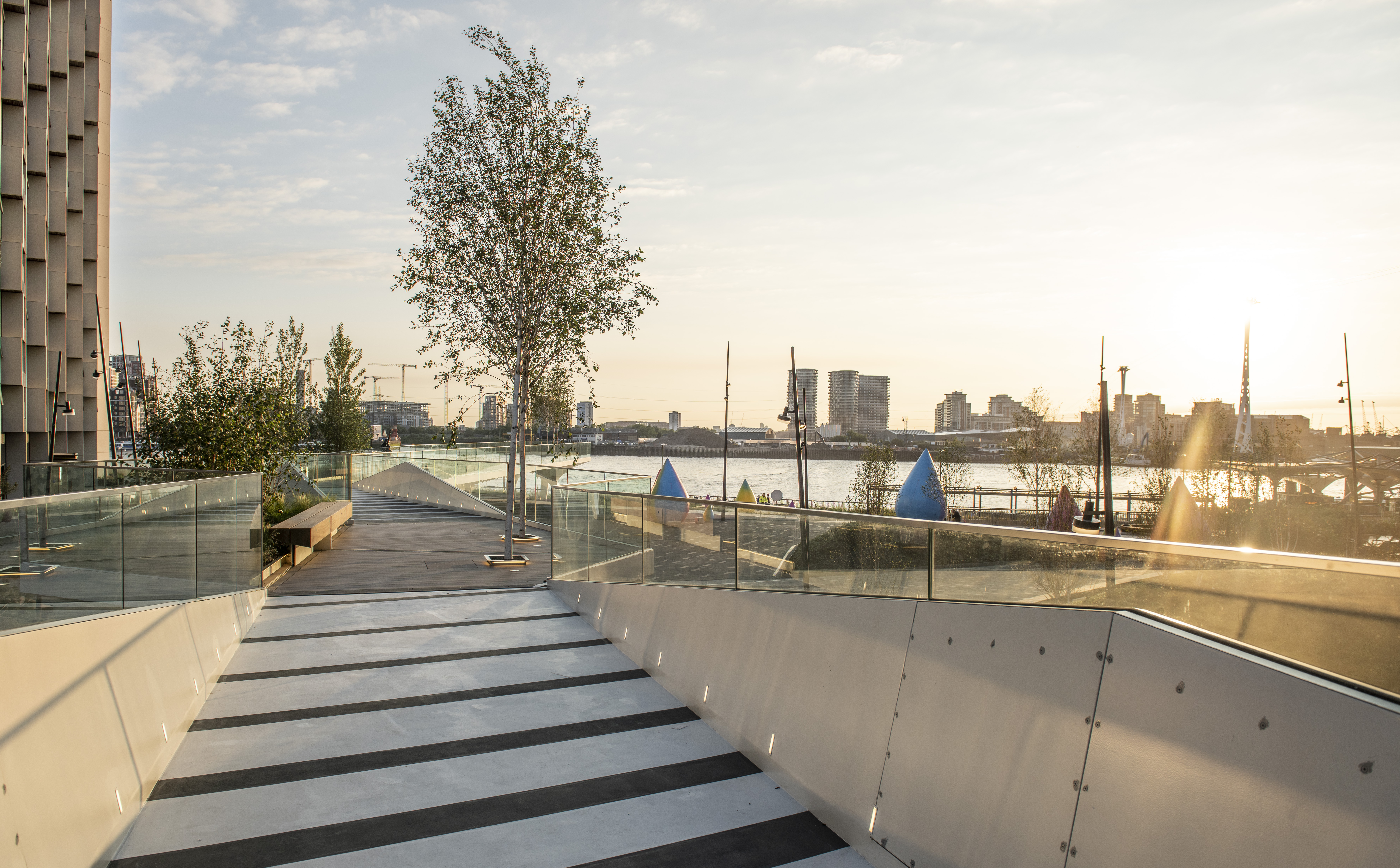
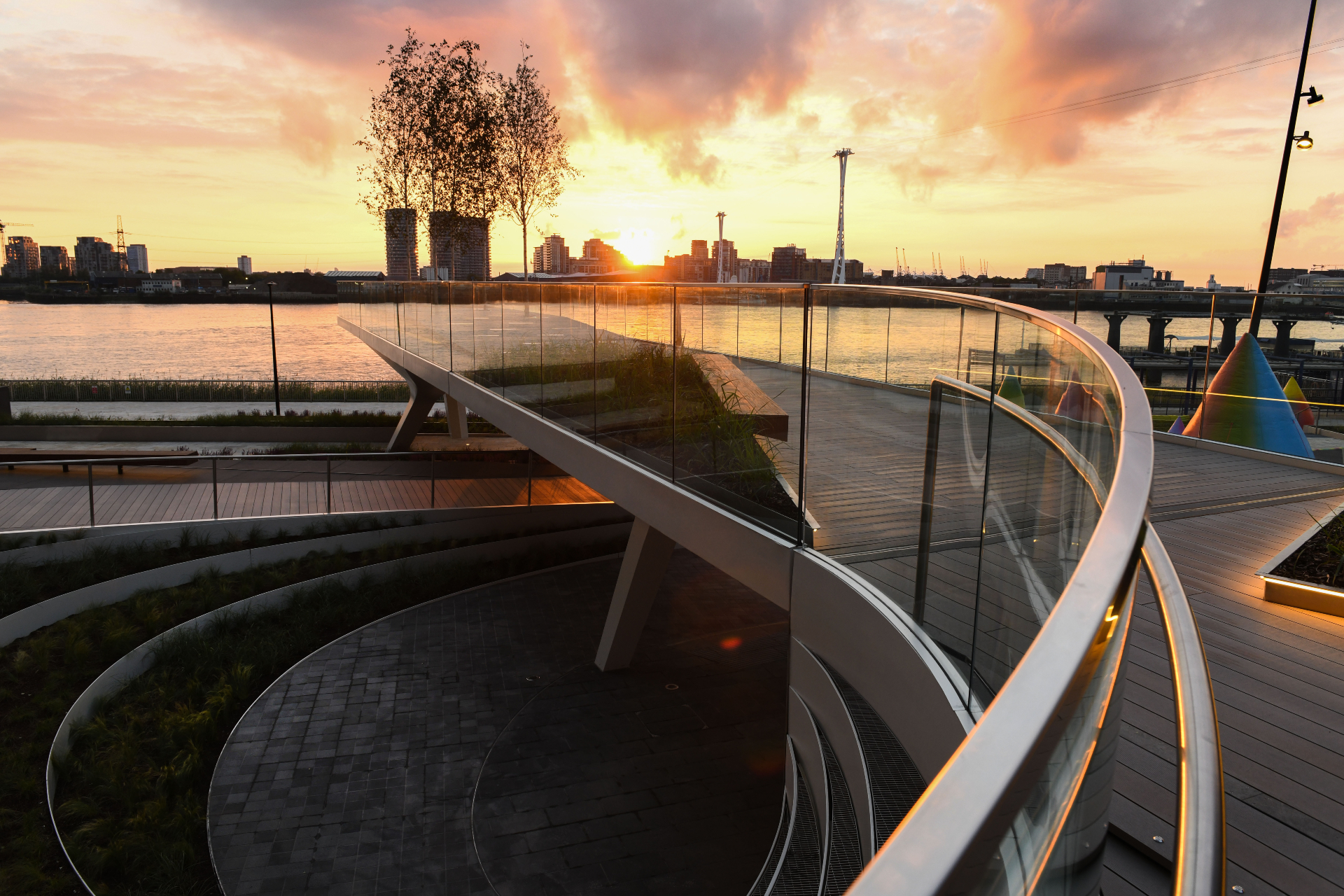
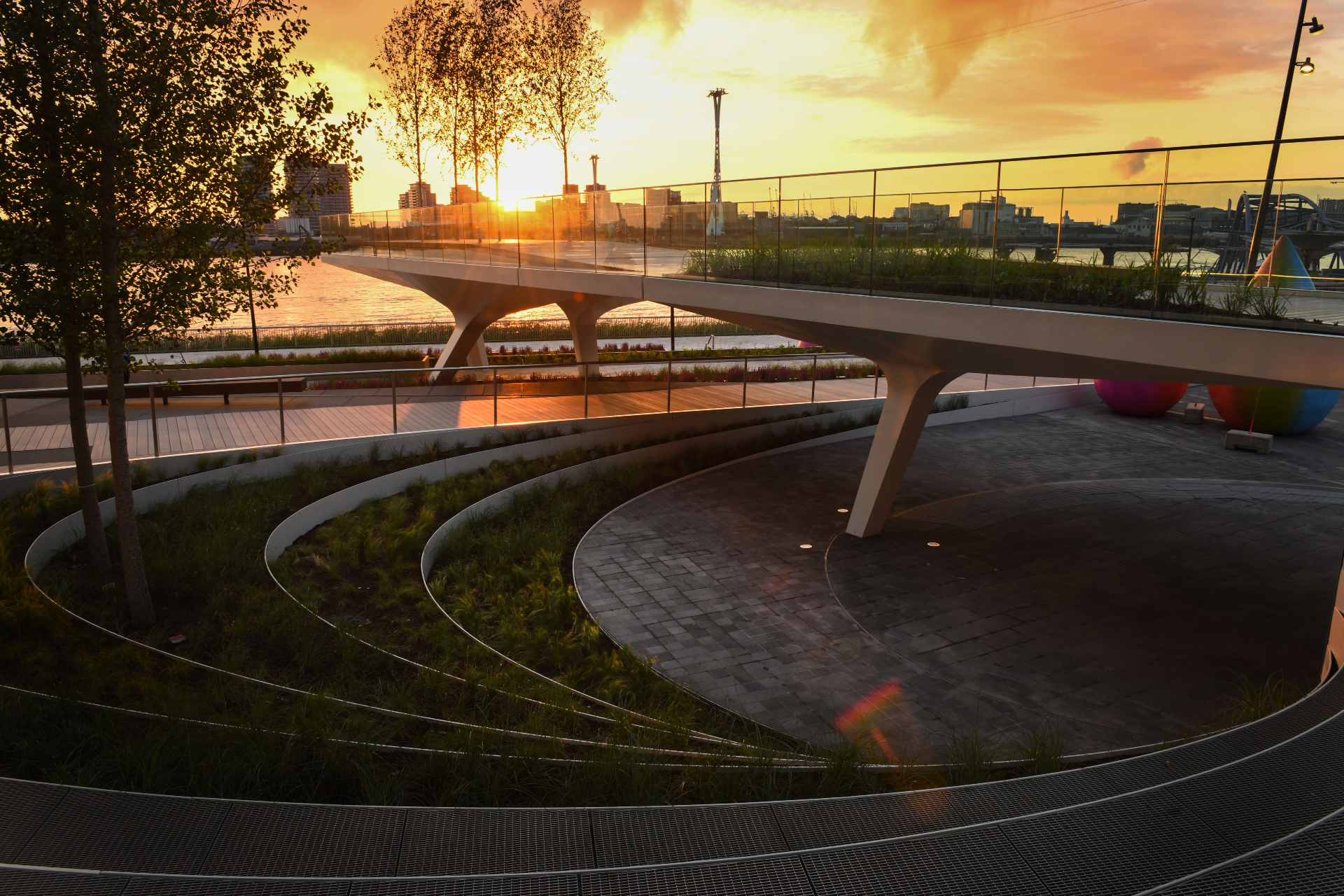
INFORMATION
Receive our daily digest of inspiration, escapism and design stories from around the world direct to your inbox.
Ellie Stathaki is the Architecture & Environment Director at Wallpaper*. She trained as an architect at the Aristotle University of Thessaloniki in Greece and studied architectural history at the Bartlett in London. Now an established journalist, she has been a member of the Wallpaper* team since 2006, visiting buildings across the globe and interviewing leading architects such as Tadao Ando and Rem Koolhaas. Ellie has also taken part in judging panels, moderated events, curated shows and contributed in books, such as The Contemporary House (Thames & Hudson, 2018), Glenn Sestig Architecture Diary (2020) and House London (2022).
-
 A day in Ahmedabad – tour the Indian city’s captivating architecture
A day in Ahmedabad – tour the Indian city’s captivating architectureIndia’s Ahmedabad has a thriving architecture scene and a rich legacy; architect, writer and photographer Nipun Prabhakar shares his tips for the perfect tour
-
 You can now stay in one of Geoffrey Bawa’s most iconic urban designs
You can now stay in one of Geoffrey Bawa’s most iconic urban designsOnly true Bawa fans know about this intimate building, and it’s just opened as Colombo’s latest boutique hotel
-
 Pentagram’s identity for eVTOL brand Vertical Aerospace gives its future added lift
Pentagram’s identity for eVTOL brand Vertical Aerospace gives its future added liftAs Vertical Aerospace reveals Valo, a new air taxi for a faster, zero-emission future, the brand has turned to Pentagram to help shape its image for future customers
-
 Arbour House is a north London home that lies low but punches high
Arbour House is a north London home that lies low but punches highArbour House by Andrei Saltykov is a low-lying Crouch End home with a striking roof structure that sets it apart
-
 A former agricultural building is transformed into a minimal rural home by Bindloss Dawes
A former agricultural building is transformed into a minimal rural home by Bindloss DawesZero-carbon design meets adaptive re-use in the Tractor Shed, a stripped-back house in a country village by Somerset architects Bindloss Dawes
-
 RIBA House of the Year 2025 is a ‘rare mixture of sensitivity and boldness’
RIBA House of the Year 2025 is a ‘rare mixture of sensitivity and boldness’Topping the list of seven shortlisted homes, Izat Arundell’s Hebridean self-build – named Caochan na Creige – is announced as the RIBA House of the Year 2025
-
 In addition to brutalist buildings, Alison Smithson designed some of the most creative Christmas cards we've seen
In addition to brutalist buildings, Alison Smithson designed some of the most creative Christmas cards we've seenThe architect’s collection of season’s greetings is on show at the Roca London Gallery, just in time for the holidays
-
 In South Wales, a remote coastal farmhouse flaunts its modern revamp, primed for hosting
In South Wales, a remote coastal farmhouse flaunts its modern revamp, primed for hostingA farmhouse perched on the Gower Peninsula, Delfyd Farm reveals its ground-floor refresh by architecture studio Rural Office, which created a cosy home with breathtaking views
-
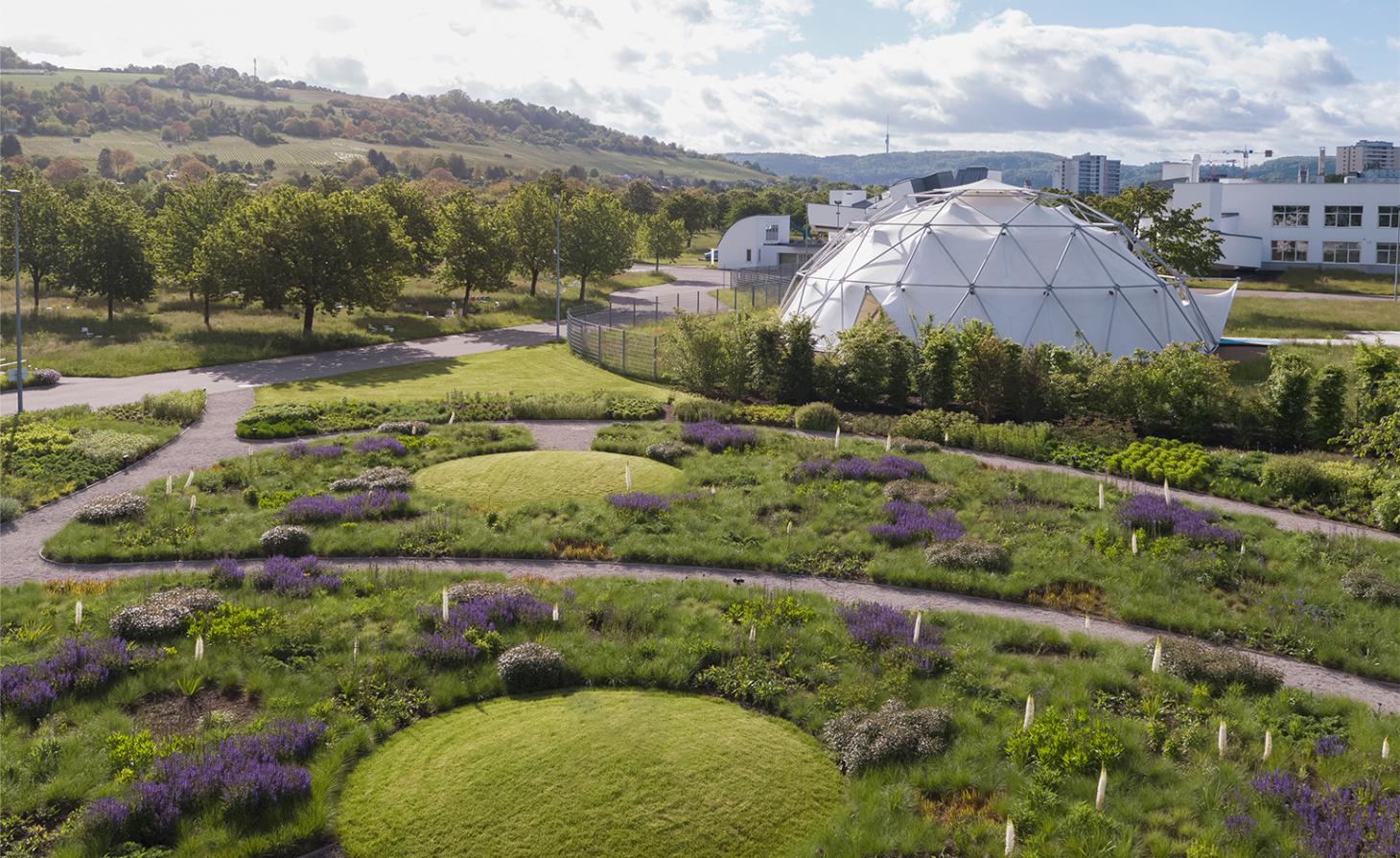 Piet Oudolf is the world’s meadow-garden master: tour his most soul-soothing outdoor spaces
Piet Oudolf is the world’s meadow-garden master: tour his most soul-soothing outdoor spacesPiet Oudolf is one of the most impactful contemporary masters of landscape and garden design; explore our ultimate guide to his work
-
 A revived public space in Aberdeen is named Scotland’s building of the year
A revived public space in Aberdeen is named Scotland’s building of the yearAberdeen's Union Terrace Gardens by Stallan-Brand Architecture + Design and LDA Design wins the 2025 Andrew Doolan Best Building in Scotland Award
-
 The Architecture Edit: Wallpaper’s houses of the month
The Architecture Edit: Wallpaper’s houses of the monthFrom wineries-turned-music studios to fire-resistant holiday homes, these are the properties that have most impressed the Wallpaper* editors this month